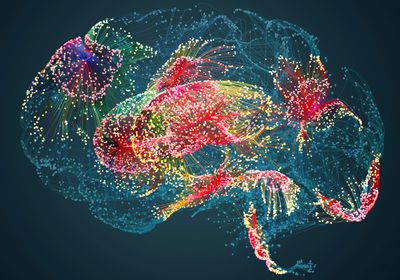What Was the First Animal to Evolve a Brain?
In the absence of a precise definition of brain, pinning down its origins is difficult. But scientists have a theory.
Having a brain is so necessary to human experience that it’s almost impossible to imagine any life without it. However, many living organisms don’t have brains, and going back far enough in time will lead to an ancestor of our own that was equally brainless. So, when exactly did brains evolve?
That’s a difficult question, said evolutionary developmental biologist Sebastian Shimeld at the University of Oxford, because it’s hard to even distinguish between who has a brain and who doesn’t. “We don’t have a precise definition of a brain,” he said.
Scientists home in on the brain’s evolutionary origins by sorting out the animals without brains. Sponges have no neurons, so they are easy to discount, and while the more sophisticated jellyfish and sea anemones have a network of neurons, they have no central neural “headquarters” characteristic of a brain.
About 600 million years ago, another group of animals evolved that had bilateral symmetry, meaning that they had a front and a back. “The front is where the nervous system crystallizes because that’s the bit of the animal that’s meeting the environment head on,” Shimeld said. The first brain-like mass of neurons likely evolved at the front end of a long, thin, worm-like animal. “Everything else that descended from that is a descendent of that neural structure, we think.”
Today, there are many species, including some invertebrates such as the octopus, with brains that work similar to ours. These brains control perception, behavior, and higher functions like memory. They are complex and wondrous, and they all evolved from a clump of neurons in the head of a worm.
What makes you curious? Submit a question for us to answer in future “Just Curious” columns.


